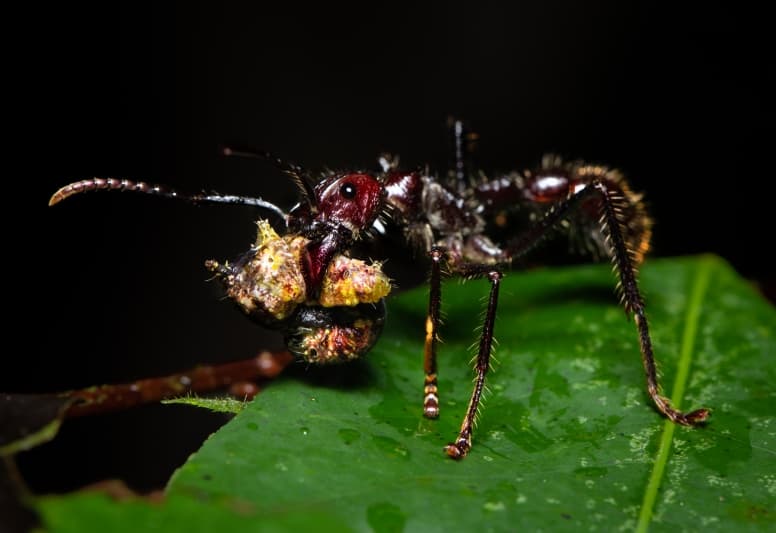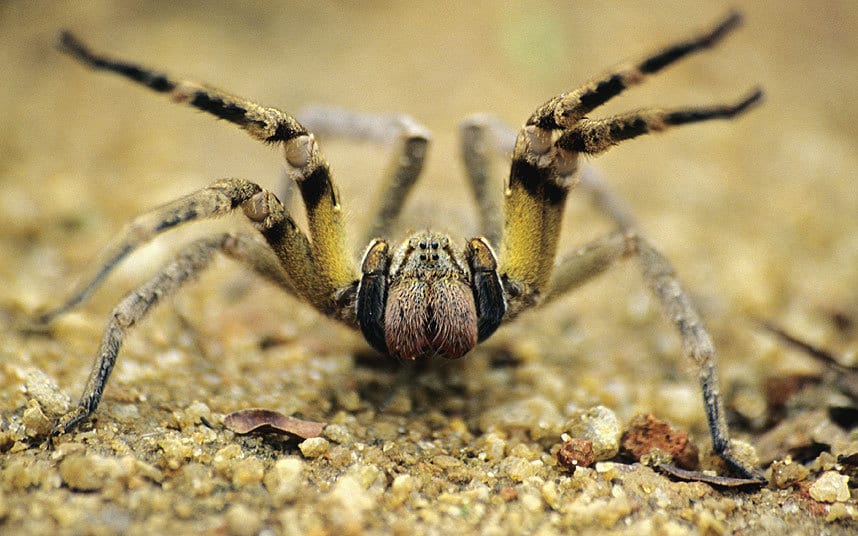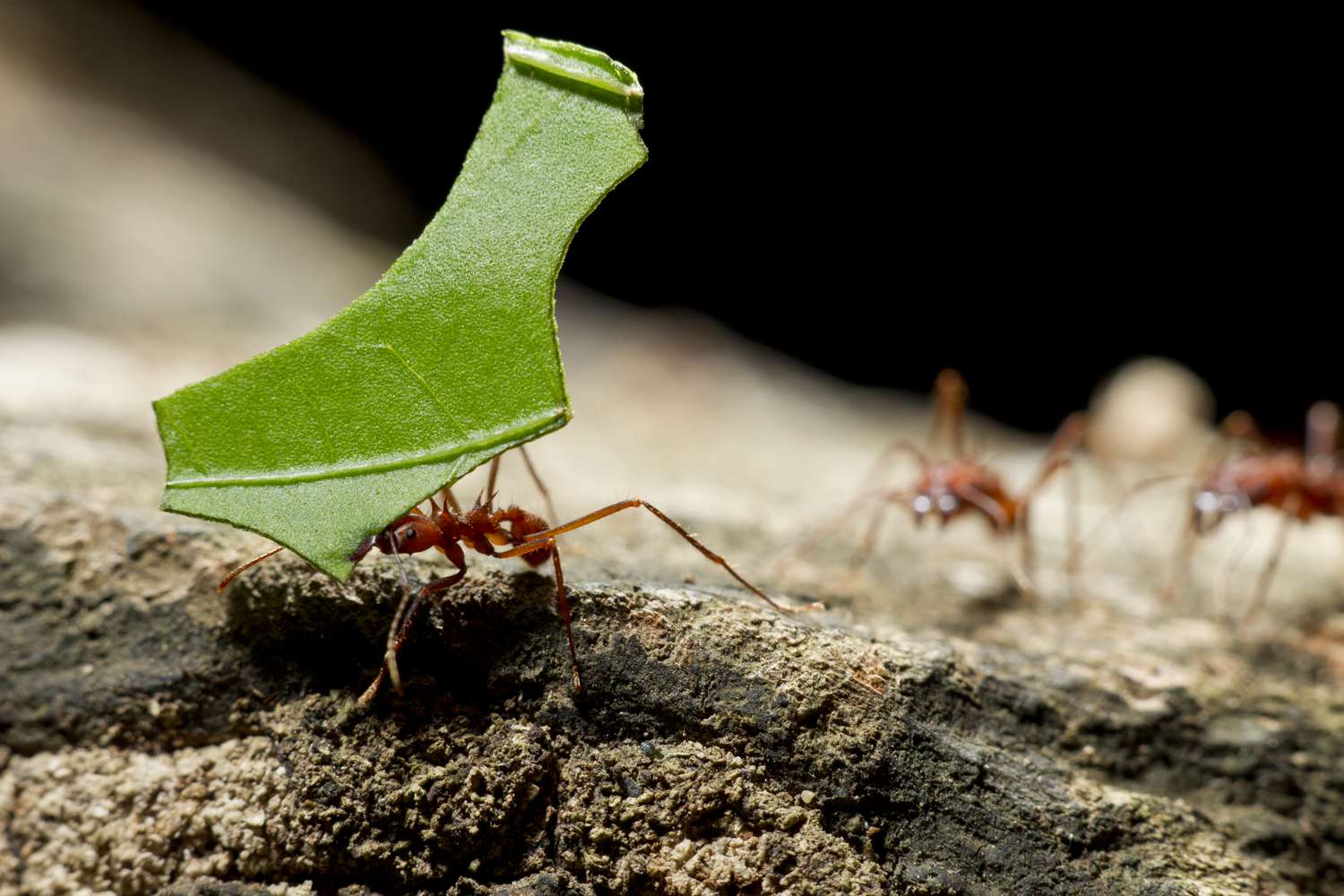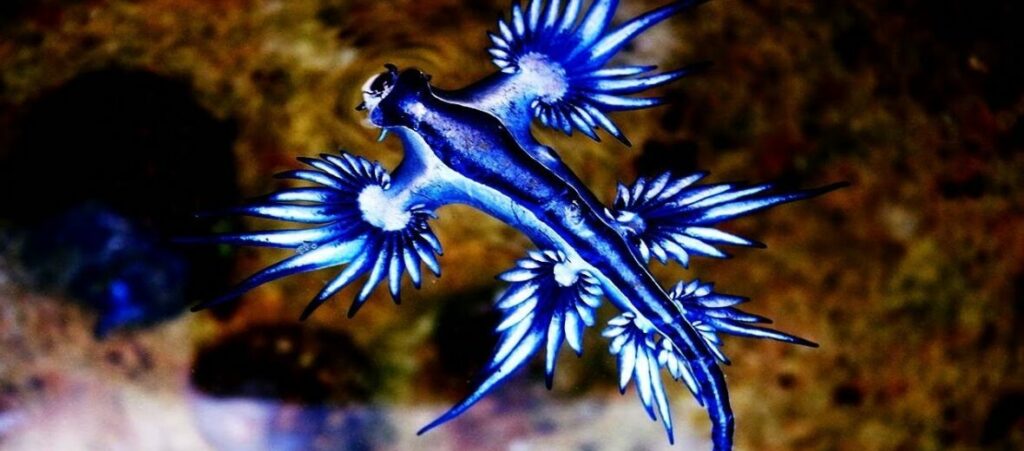Why are bullet ants so feared?

The natural world is full of creatures that invoke both fascination and dread, and among them, the bullet ant stands as a tiny symbol of pain. Its mere mention can send shivers down the spine, as tales of its excruciating sting and potent venom have been passed down through generations. But what makes the bullet ant so feared?
Unveiling the Bullet Ant
Scientifically known as Paraponera clavata, the bullet ant is native to the rainforests of Central and South America. The name “bullet ant” is derived from the pain caused by its sting, often compared to the impact of being shot.
The physical characteristics of the bullet ant are striking. Measuring up to an inch in length, they possess a glossy, dark exoskeleton that shimmers under the forest canopy. Their slender, well-defined waist gives them an almost regal appearance. While their size may not be as impressive as some larger insects, their presence is significant, not only due to their sting but also because of their place in the intricate web of rainforest life.
The lifecycle of a bullet ant starts with a queen establishing a new colony, meticulously nurturing her first batch of eggs until the first workers emerge. As with most ant species, the worker ants are responsible for foraging, protecting the nest, and caring for the larvae and the queen. The hierarchical structure and cooperative behaviors within their colonies showcase a remarkable level of organization and social order.
However, the true notoriety of the bullet ant lies in its sting. The Schmidt Sting Pain Index, designed to categorize the painfulness of insect stings, ranks the bullet ant’s sting at the highest level – a score of 4.0, above other notorious stingers like wasps and bees.
How to describe the pain caused by bullet ants sting?
The pain caused by the sting of a bullet ant is a singularly excruciating experience that has earned its position at the top of the Schmidt Sting Pain Index. Justin Schmidt, an entomologist, established a scale to measure the pain inflicted by insect stings, and the bullet ant’s sting reigns as the most agonizing.
Pain is described as excruciating, burning, and relentless, often accompanied by localized swelling and even systemic effects, such as fever and weakness. This venom, called poneratoxin, contains a neurotoxic peptide, which induces the severe pain that lasts for hours, sometimes even days.
Schmidt himself described the sensation as “pure, intense, brilliant pain. Like walking over flaming charcoal with a 3-inch nail embedded in your heel“
Poneratoxin: bullet ants painful toxin
The chemistry behind this intense agony is attributed to poneratoxin, a neurotoxic peptide present in the venom. When a bullet ant strikes, it administers this venom through its stinger, causing immediate and extreme pain.
Poneratoxin interferes with the normal functioning of nerve cells, disrupting the transmission of nerve impulses. This disruption results in a prolonged and intense pain sensation that can last for hours or even up to a full day.
Agonizing pain
The pain induced by a bullet ant sting has been subject to numerous personal anecdotes and scientific scrutiny. Researchers and individuals stung by these ants have detailed their experiences, describing the pain as not only excruciating but also causing a variety of symptoms beyond just physical discomfort.
Some experience waves of pain, often described as throbbing, radiating from the sting site. Additionally, individuals might exhibit symptoms such as nausea, sweating, and sometimes even temporary paralysis in the affected area.
Cultural Significance
The cultural significance of the bullet ant transcends its reputation for delivering one of the most painful insect stings. Among various indigenous tribes in the Amazon rainforest, particularly the Satere-Mawe people of Brazil, the bullet ant holds a profound and revered place in their traditions and rites of passage.
Resisting the bullet ants pain: The Bullet Ant Glove Initiation
For the Satere-Mawe tribe, the transition from boyhood to manhood is marked by an extraordinary rite known as the “bullet ant glove initiation“. Young boys, typically around the age of 12, undergo this initiation to prove their courage and readiness to become warriors within the community.
During the initiation, the boys collect bullet ants from the rainforest, sedate them with a herbal mixture, and weave the live ants into special gloves with their stingers facing inward. When the ants awaken from their stupor, the boys slide their hands into the gloves, enduring multiple stings as they dance for several minutes.
The excruciating pain caused by the stings is overwhelming, causing the initiates to convulse and tremble, enduring hours of throbbing agony. This initiation is not a one-time event; it must be repeated multiple times over the course of several months or years to attain the status of a full-fledged warrior.
Symbolism and Meaning
The significance of this ritual goes beyond physical endurance. The intense pain endured during the bullet ant glove initiation is believed to impart virtues such as courage, resilience, and strength. This experience is seen as a means of proving one’s ability to withstand hardship and pain, crucial attributes for becoming a respected and valued member of the tribe.
Additionally, the ritual is a demonstration of the interconnectedness between humans and the natural world. Satere-Mawe people have a profound respect for the rainforest and its inhabitants. By engaging with the bullet ants, they believe they are harnessing the strength and power of these creatures, establishing a bond with the environment and its creatures.
Cultural Preservation and Modern Influences
In the face of modernization and external influences, efforts are being made to preserve and maintain these traditional rituals. The bullet ant glove initiation remains a significant part of the Satere-Mawe cultural heritage, symbolizing their identity and traditional values.
However, in recent times, these rituals have garnered both curiosity and criticism from outsiders. While some view them as a unique cultural practice that should be respected and preserved, others raise concerns about the physical and psychological impact on the initiates, urging a reassessment of such practices in today’s world.
Behavioral Aspects
Bullet ants are not aggressive by nature and will only sting when threatened or disturbed. Their colonies are relatively small, with individuals displaying strong levels of cooperation and division of labor. However, if their nest is disturbed, they can unleash a coordinated attack, leading to a swarm of stings.
Ecological Role
Despite their fearsome reputation, bullet ants play a vital ecological role in their habitats. As predators, they help control insect populations, contributing to the balance of the rainforest ecosystem. Their nests also provide shelter for various microorganisms and serve as a food source for certain predators.
Scientific Interest and Study
Beyond their fearsome reputation, bullet ants captivate the interest of scientists due to their venom’s chemical composition. Researchers explore the potential medical applications of their venom, considering its unique neurotoxic properties and its potential in pain management and therapeutic treatments.
The chemical composition and action of poneratoxin on nerve cells present a potential area of study for pain management and therapeutic treatments. Exploring the venom’s components may lead to insights that could benefit medical science and the development of new pain-relief medications.
The fear associated with bullet ants stems from their potent sting, cultural significance, and their enigmatic presence in the rainforests of Central and South America. While their reputation as one of the most painful stings in the insect world precedes them, these creatures also hold significance in indigenous cultures and contribute to the intricate web of life in their ecosystems.
A reexamination of poneratoxin from the venom of the bullet ant Paraponera clavata










